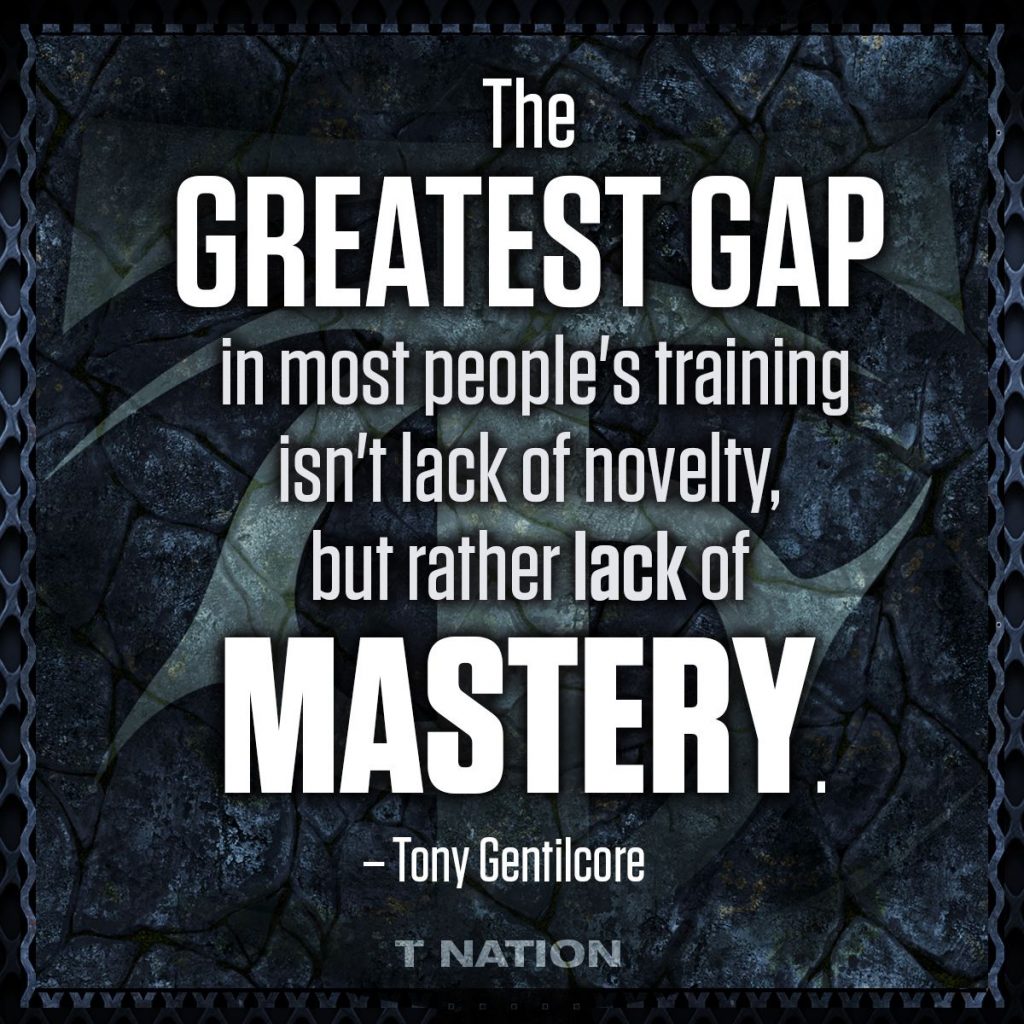Today’s guest post comes courtesy of TG.com regular contributor, Shane McLean and touches on a topic that may resonate with many reading…
…Top 10 keto recipes that don’t taste like sawdust.
LOL – just kidding.
How to finally conquer that hurdle of starting an exercise program.
It’s not quite as daunting as you think it may be…;o)
SIDE NOTE: Be sure to check out Shane’s latest resource, his six-week ‘Back in the Saddle‘ program; perfect for beginners or anyone who’s stuck in a rut and needs some direction.

A Foolproof Plan For Starting an Exercise Program
No one wants to look like a fool, especially when you’re starting an exercise program with the will and determination to finally get in shape.
You want to know what you’re doing or at least fake it until you make it. And If you’re NOT confident, you’re less likely to start and finish. Then you’ll (maybe) chalk it up to another failure which you’ll add to your ever-increasing list.
Am I the only one who keeps track?
How Do I Know This?
Because I tried and failed several times when I started exercising and now I’ve been a trainer for 13 years and have seen people start, stop, and fail with the greatest of intentions.
I’ve trained clients who have made great progress to only then see them fall off the wagon when their accountability disappears, or life gets in the way.
Plus, I’ve watched the gym flood with new year’s resolution goers who are eager to put all their failures behind them to finally lose the flab.
But slowly and surely, they drop by the wayside when their motivation wave crashes.
Your health and fitness requires time and an emotional commitment, not a six-week shred. Instead of crashing and burning in your fitness quest, use my advice below to avoid adding another failure to the list.
1. Starting Easy
There’s a plethora of health and fitness info on the worldwide web. Enough to have your brain spinning around and around. You should try to avoid this analysis by paralysis by
- Just starting
- Picking something doable
If you don’t understand the article or program with the big fancy words then move on to something else. Because when you’re starting something, complicated things don’t work because this leads to confusion. Then this confusion may lead to throwing in the towel.
You know what does work? Starting easy.
2. Start With The Basics
There are fundamental human movements which were installed in your brain before you were born. These are squats, pushing, pulling, locomotion (walking, running, carrying), hip hinging and groundwork (rocking, rolling, crawling and everything else).
Don’t believe me? Ever seen a baby drop into a deep squat without a coach yelling in their ear?
And when you’re starting out, these need to be your focus and not walking on a treadmill or watching yourself do curls.
Although there is nothing wrong with either because something beats nothing every time, training the fundamentals will reestablish neglected movement patterns and get you where you want to go faster.
3. Don’t Program Hop
And once you’ve chosen a program, it’s natural to think the grass is greener on the other side. After all, you’re saturated with new exercise fads and their results look incredible. Besides, your program sucks and you’re not making any progress anyway.
However, change is not always a bad thing.
Change may be needed if you’re plateauing or when your routine (or you) is stale. But too much change doesn’t give your body a chance to adapt to your current program because not everything happens right away.
There is plenty of room in the middle of these two extremes.

My general rule of thumb is finishing the program first and then evaluating whether it worked or not. For example, loss of body fat, smaller waist, or bigger muscles. If you have not seen any positive changes after 6 weeks, then it’s okay to try something new.
4. Schedule Your Training Time
During the COVID-19 pandemic a lot of us have more time on their hands than usual. And finding time to exercise is not a problem but it’s not always going to be this way.
Regardless of how much time you have scheduled, treat your exercise like you would any important appointment. Setting aside time for training will help get you in the right mindset and not another thing you can blow off on your to-do-list.
For example, I train Monday, Wednesday and Friday at the same time and is scheduled in my Google Calendar which reminds me 30 minutes before go time. It’s now a habit I follow through on even when ‘I don’t feel like it.’
Which leads me to my next point.
5. Showing Up And Being Consistent
Nothing gets done without being present, so ‘show up’ even when you don’t feel like it. 99 % of anything you do (based on scientific fact 😊) needs you showing up and being present.
Without it, it’s pointless.
It doesn’t matter if you exercise 2, 3 or 4 days a week, pick a day, schedule a time, show up and get it done. Then do this over and over for the foreseeable future. Yes, life is going to get in the way and when exercise is the furthest thing from your mind.
However, finding a way to stay active, even when the odds are stacked against you does wonders for your health and sanity. Being consistent is not about being perfect, it’s about showing up.
Wrapping Up
These five suggestions will hold you in good standing when starting and continuing any exercise program. Because exercise isn’t just for a six-week burst to lose the fab, it’s for life and your health.
If you’re looking for an exercise program to start after a layoff or if you’ve never resistance trained before, I have a 6-week program called ‘Get Back In the Saddle’ that will give you a fantastic exercise foundation to build on.
It can be purchased HERE.



